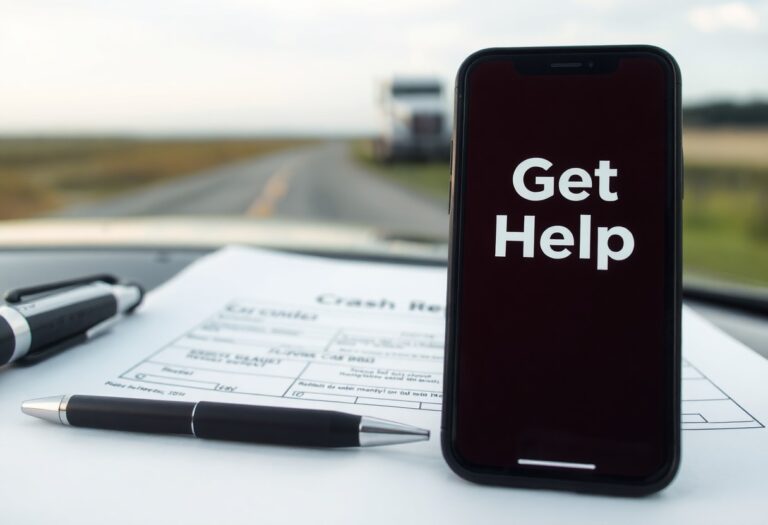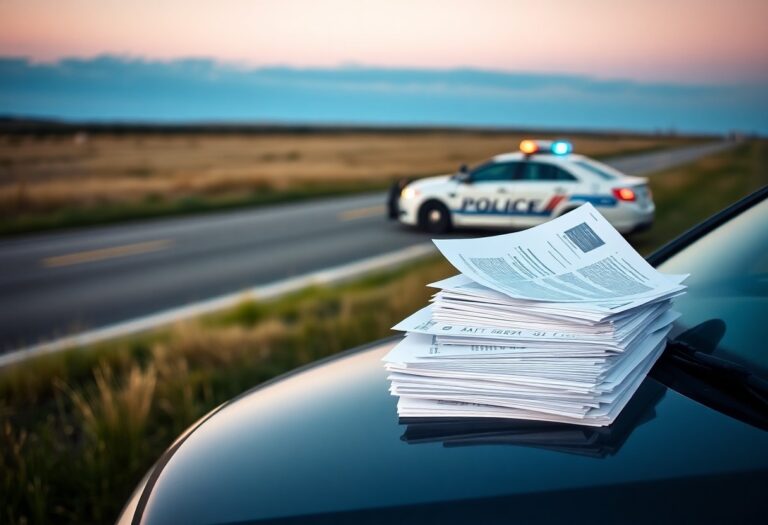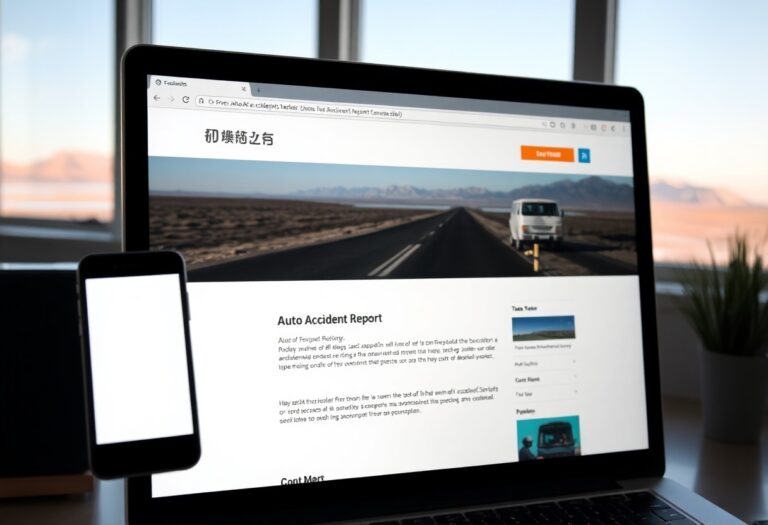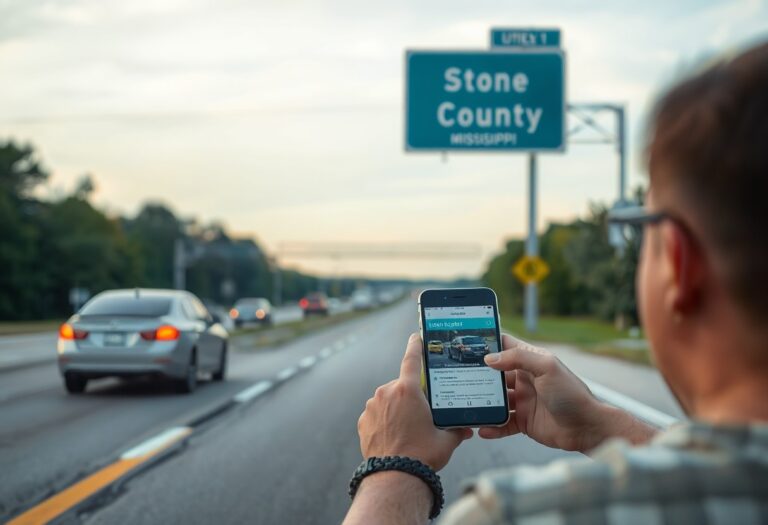This comprehensive guide will help you navigate the process of obtaining your accident report in Gila County, Arizona. Knowing how to access this document can be vital for insurance claims or legal matters. You will find clear, step-by-step instructions that ensure you have all the necessary information at your fingertips. Whether you need to visit the appropriate agency or make an online request, this guide equips you with the tools to easily obtain your report, making the process efficient and stress-free.
Navigating the Legal Landscape of Accident Reports
Navigating the legal landscape surrounding accident reports in Gila County requires an understanding of state-specific rules and guidelines. Familiarizing yourself with these regulations will ensure that you can obtain the necessary documents efficiently and legally. Various entities, including law enforcement agencies and justice departments, manage these records, and knowing how to interact with them can greatly facilitate the process.
Key Regulations Governing Accident Records in Arizona
Arizona law mandates that all motor vehicle accident reports be publicly accessible, with some exceptions for privacy or ongoing investigations. Specifically, ARS § 28-667 outlines the requirements for reporting accidents and the kinds of information that must be included. Additionally, reports generated by law enforcement are often available after a specified waiting period, usually around five days.
Who Has Access to Accident Reports?
In Arizona, various parties can access accident reports, including involved individuals, their insurance companies, legal representatives, and, in certain cases, the general public. However, sensitive information, such as personal details of those involved, may be redacted for privacy reasons. This enables transparency while still safeguarding personal data.
Access to accident reports is typically granted to those directly involved or with a legitimate interest, such as attorneys or insurance agents. Moreover, victims or their families have the right to view reports, helping them navigate insurance claims, legal disputes, or settlement discussions. Public access enables individuals to obtain reports for research or statistical analysis, albeit with potential restrictions on private information to protect personal privacy.
Steps to Acquire Your Accident Report
Initial Considerations: What You Need to Know
Before plunging into the process of obtaining your accident report, be aware that having your details in order can streamline the experience. Gather important information such as the time, date, and location of the incident, along with any involved parties’ names or report numbers. Keep in mind that some reports may only be accessible to certain individuals, such as those directly involved or their legal representatives.
The Request Process: Submitting the Right Forms
To officially request your accident report in Gila County, you must fill out a specific form that is available through the local law enforcement agency or their website. This form will typically require your personal information, details of the accident, and a declaration of your right to access the report. Completing this form accurately is vital to avoiding any delays in receiving your report.
Submitting the right forms is a fundamental step in acquiring your accident report. Depending on the reporting agency, you may need to submit this form in person, via mail, or online. Ensure that you check the agency’s guidelines for any additional documentation you may need to include, such as identification or proof of involvement in the accident. Taking the time to follow these procedures can greatly expedite the process of getting your report.
Fees and Timeframes: What to Expect
Expect to encounter nominal fees when requesting your accident report, which typically ranges from $5 to $20. Processing times can vary greatly, from a few days up to several weeks, depending on the agency’s workload and the specifics of your request.
Understanding the fees and expected timeframes can help you monitor the request process effectively. For instance, if you’re looking to obtain a report after a recent accident, submitting your request promptly may result in quicker access. Additionally, some agencies may offer expedited services for an extra fee, allowing you to receive the report sooner if you’re facing time-sensitive circumstances, such as legal proceedings or insurance claims.
Understanding the Contents of Your Accident Report
Your accident report holds vital information regarding the event that occurred. This document typically outlines specifics such as the time and location of the incident, the parties involved, and any damages or injuries sustained. Understanding these elements can assist you in managing any subsequent legal or insurance processes. The clarity of this report can significantly affect how your case is handled, making it imperative to ensure that the details are accurate and comprehensive.
Break Down of Report Elements: What Each Section Means
The accident report is generally divided into several sections, each serving a unique purpose. Key components include the incident description, which details what happened, and the involved parties section, listing names and contact information. Additionally, the witness accounts provide insight from third-party observers, while the police officer’s narrative offers an authoritative overview of facts. Familiarizing yourself with these sections will empower you to navigate your report effectively.
Common Terminology Explained: Decoding Legal Jargon
Legal terminology can often be confusing, but grasping some common terms can facilitate your understanding of the accident report. Words like “plaintiff” refer to the person bringing a lawsuit, while “defendant” describes the individual being accused. Furthermore, terms like “negligence” relate to the failure to exercise appropriate care, which can significantly affect liability determinations. By familiarizing yourself with these terms, you’ll improve your comprehension of the report’s implications.
Diving deeper into legal jargon, terms such as “liability.” This relates to the legal responsibility for the accident. If you’re the plaintiff, proving liability becomes a focal point of your case. Additionally, the phrase “damages” describes compensation for any injuries or losses incurred, while “settlement” signifies an agreement between parties to resolve the case without trial. Understanding these terms equips you with the knowledge to discuss your accident’s outcomes more effectively, helping you advocate for your rights during any negotiations or legal proceedings.
Dealing with Discrepancies and Errors
Errors in your accident report can lead to complications in insurance claims and legal proceedings. Addressing these discrepancies swiftly ensures the integrity of your case. You should carefully review every detail of your report, from names and dates to accident specifics. Familiarizing yourself with how to navigate these inaccuracies will streamline the correction process and help avoid any potential pitfalls in your claim.
Identifying Mistakes: How to Spot and Address Errors
Start by obtaining a copy of your accident report and meticulously cross-check the details. Look for anything that seems off, such as wrong names, incorrect dates, or inaccurate descriptions of the accident. Highlight these sections for reference while contacting the appropriate authorities. It’s beneficial to take notes on any additional evidence that supports your claims, as this information can help substantiate your case when addressing errors.
The Appeal Process: Steps for Contesting Information
If you identify inaccuracies in your accident report, initiating an appeal is vital. Begin by documenting your findings and gathering any supporting evidence. Next, contact the law enforcement agency that issued the report to inquire about their correction process. You may be required to submit a formal request, so make sure to follow their specific guidelines, including any forms or fees required.
In the appeal process, you should ensure all documentation is clear, concise, and well-organized. After submitting your request, follow up within a few weeks to check the status. Keep in mind that persistence can pay off; if necessary, don’t hesitate to escalate the issue to a supervisor or legal counsel if your concerns aren’t addressed in a timely manner. By staying proactive, you improve your chances of achieving the desired corrections in your accident report.
Maximizing Your Accident Report’s Utility
Your accident report serves as a vital tool that can significantly impact various aspects of your recovery process. By leveraging the information contained in the report, you can enhance your understanding of the incident and ensure that your insurance claims reflect the reality of what occurred. The details in your report can help clarify liability, document damages, and consolidate witness testimony, all of which contribute to a stronger case in potential legal actions.
Using Your Report in Insurance Claims and Legal Actions
The details in your accident report can streamline the process of filing insurance claims and pursuing legal actions. Insurers rely on accurate information to assess fault and process claims quickly. By presenting your report, you provide a clear, documented account that supports your version of events. This can mitigate disputes and expedite compensation for medical expenses, vehicle repairs, and lost wages.
Future Precautions: How to Prevent Recurring Issues
Utilizing the insights gained from your accident report can inform strategies for preventing future incidents. Analyzing specific circumstances surrounding the accident, such as road conditions or driver behaviors, enables you to make better decisions while driving. Implementing safety measures, such as avoiding distracted driving or recognizing high-risk areas, helps to cultivate a safer driving environment.
To further bolster your preventive efforts, consider enrolling in a defensive driving course that focuses on hazard recognition and risk management. Statistics indicate that drivers who complete such courses can significantly reduce the likelihood of future accidents. Additionally, staying informed about local traffic regulations and roadway updates ensures that you adapt to changes in driving conditions, fostering a proactive approach to your safety on the road.
To wrap up
Drawing together all the steps outlined in this guide, you now have a clear path to finding your accident report in Gila County, Arizona. By understanding where to go, what information you need, and the resources available to you, you can efficiently obtain the documentation required for your records or insurance claims. Whether visiting local law enforcement offices or utilizing online resources, you are equipped to navigate the process smoothly. With this knowledge, you can focus on what matters most during this time.













